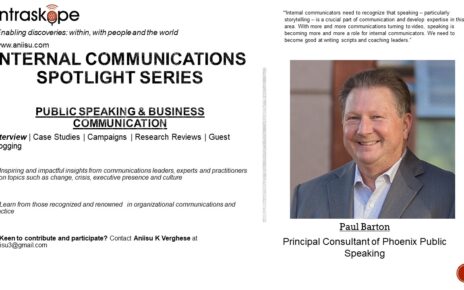How closely you engage your employees can be the difference between sustaining through tough times or sinking into insignificance.
Unlike ever before the barometer of engagement is been tested so intently by employees in organizations world over.
Sustainability means different things for different organizations – ranging from work-life balance to being a great place to work, from better opportunities to quality of work and from retention to social responsible behavior. Leadership, respect and culture also play important roles.

According to Nielsen’s bi-annual Global Online Consumer Opinion Survey, work-life balance ranks among the highest concerns for Indians. Despite communication technology proving to be a boon in overcoming work-life imbalance, it has far reaching consequences which come out strongly in every organization’s engagement surveys.
I was struck by how in an organization ‘sustainability’ became an issue only because there was pressure to do ‘more with less’. Context: the current economic environment. While the same practice in ‘better’ times was considered normal by the very same employees. In this context, sustainability was equated to ‘not being able to cope’ with pressure, cases of burnout, absenteeism among other symptoms.
A recent study – ‘human resources and sustainable development’ recommends going deeper into what motivates the employees and articulating a culture transformation. What makes it more complex is that ‘sustainability’ has multiple stakeholders and owners – HR, marketing, communication, public relations and finance to name a few.
It is vital to first understand the sources of employee motivation – be it achievement, advancement, challenge, belonging, contribution to society, involvement, financial reward, growth and development, intellectual interest, job security, pride in organization, recognition and respect, responsibility and work environment. As an organization if you are able to provide most of these wants, chances are that your engagement score is higher than the rest.
It easier said that done to provide for all these parameters. Accountability for sustainability need to be within each organization. ‘Outsourcing’ to third parties for ‘organizational interventions’ is a route taken but very often results in mistrust and cynicism.
As internal communicators, supporting large scale sustainability improvements means also playing the role of mentor and sounding post to human resource professionals who face reluctant supervisors and other pressing issues that tend to overshadow the purpose.
Providing avenues for dialogue, highlighting best practices, creating communication toolkits (presentations, messages, posters, contests) which sustainability leaders can leverage, reporting progress and metrics, and championing community initiatives with the CSR contacts are areas where internal communicators can support.
By encouraging employees to step back and understand the causes of ‘un-sustainability’, you help create an inclusive culture to problem solving.
That said, sustainability take time to seep through an organization and staying focused on the outcomes is key to success.
